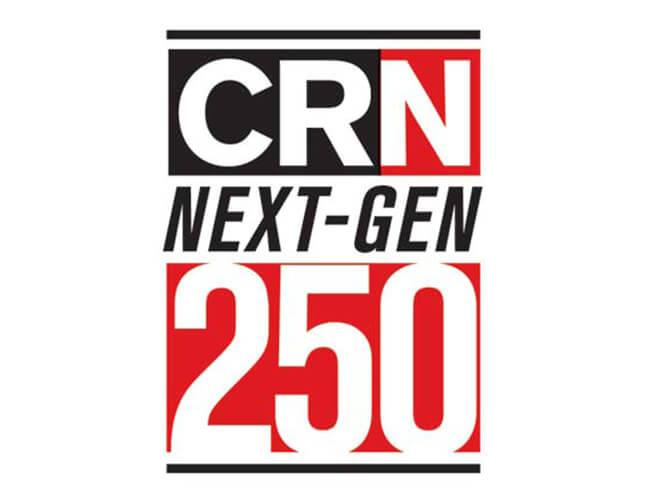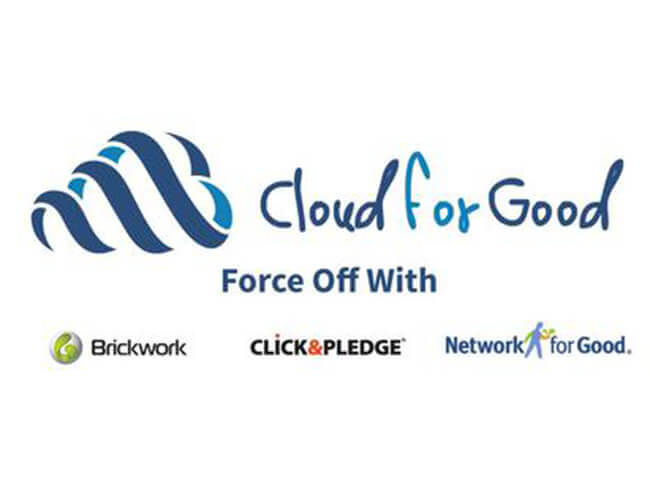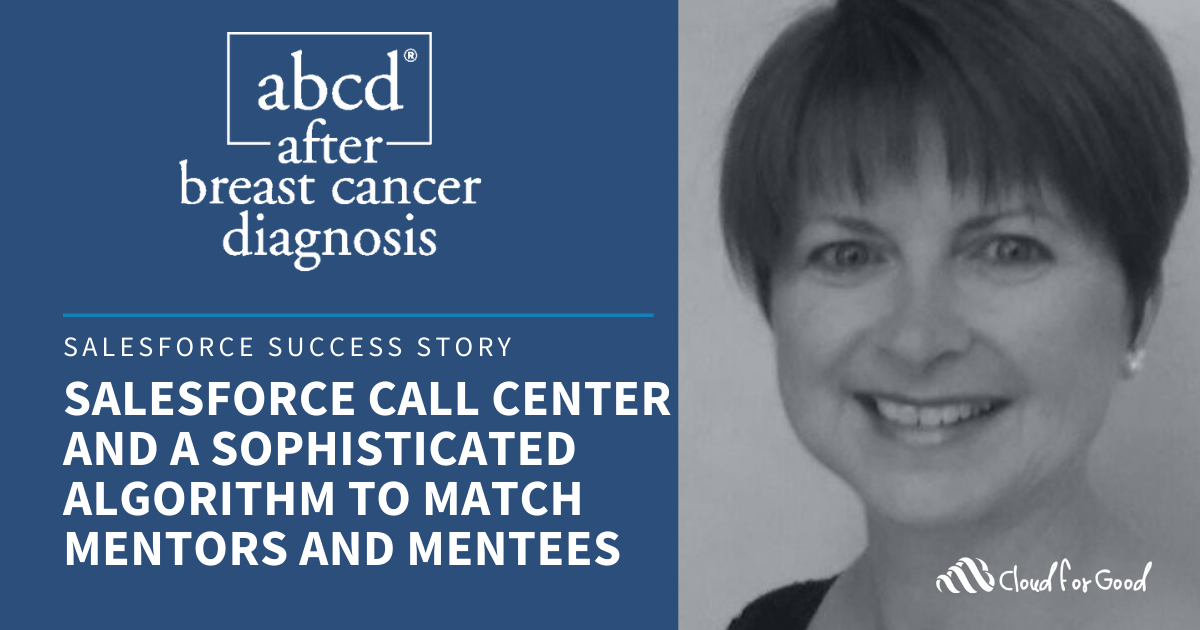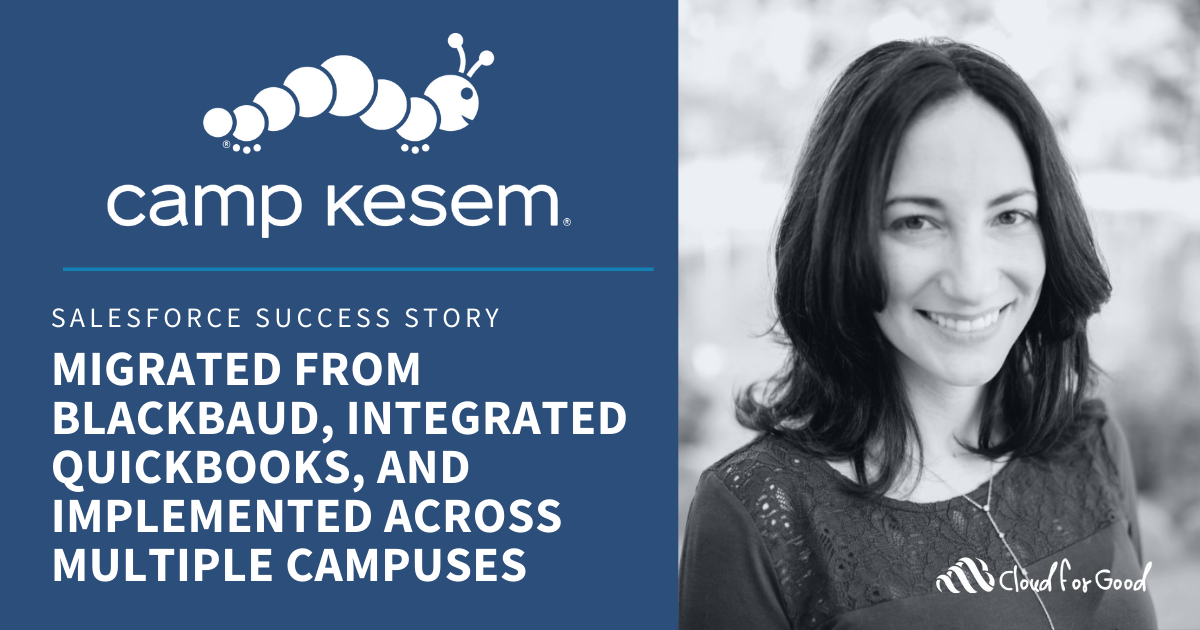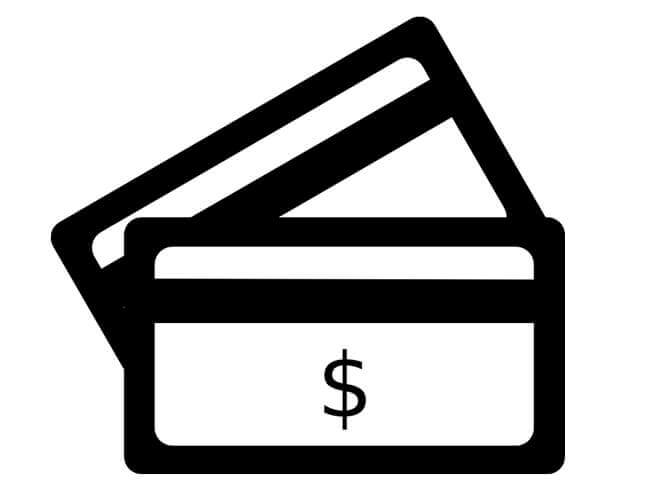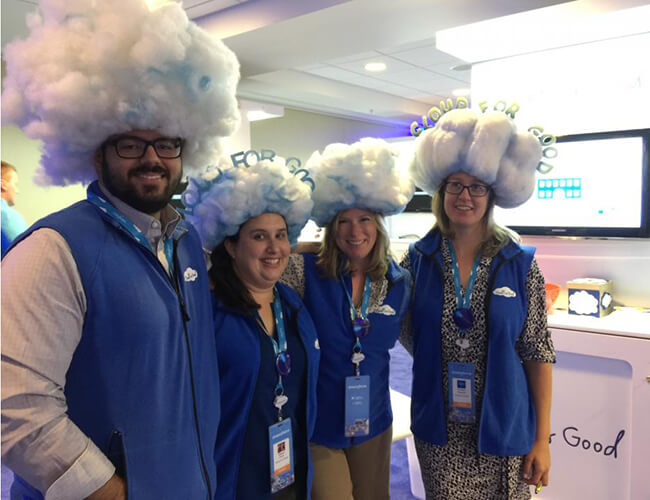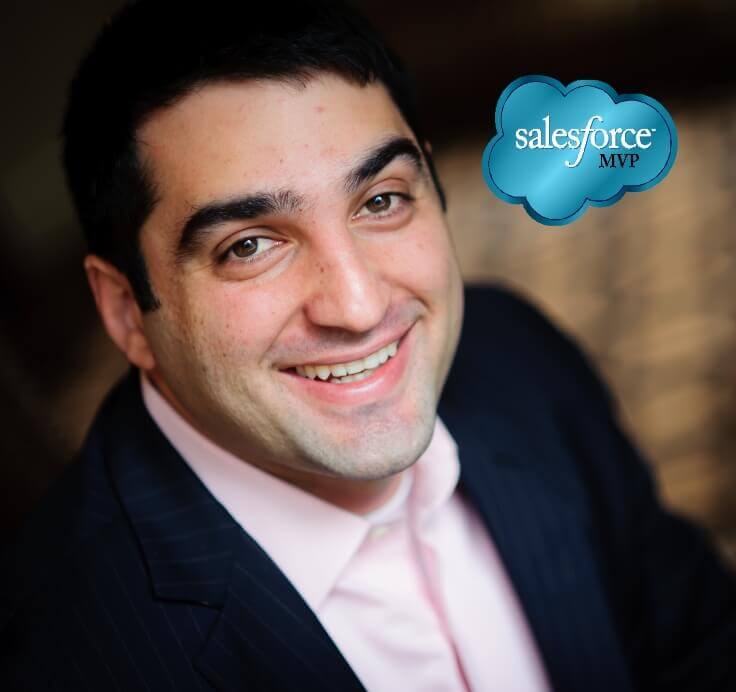
While there a many reasons to make a switch to Salesforce, there are often reasons why you should not make the switch from your current platform. CRM migrations are a huge undertaking for any organization and you should consider exactly what it will take to make the move. Here are six obstacles to consider when determining if the time is right for your organization to start the move to Salesforce.

